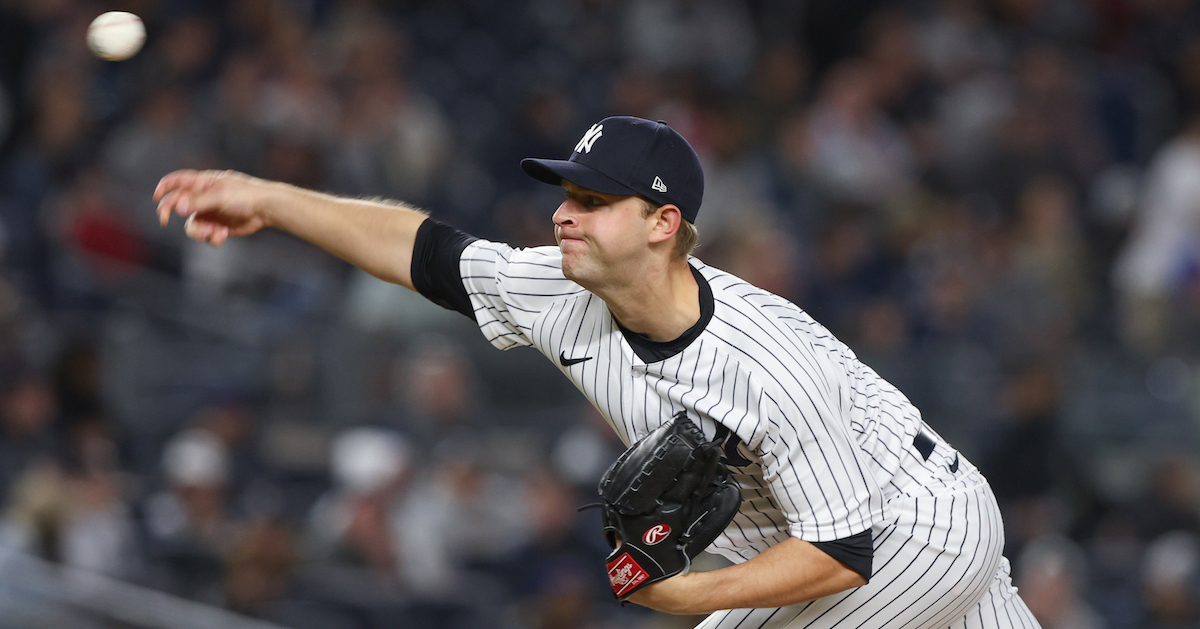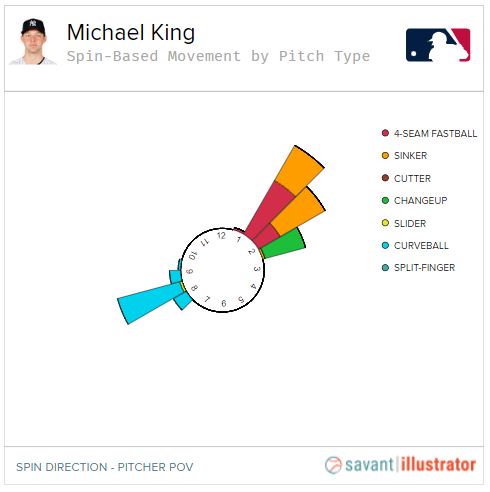Matt Carpenter Resurfaces with the Yankees

An old friend returned to the big leagues yesterday in a relatively unexpected place. After 11 seasons in the majors, all with the Cardinals, Matt Carpenter found himself searching for a new team this winter; in the end, he only managed to snag a minor league deal with the Rangers. Now, though, he’s found himself in New York with the Yankees, signing a major league deal with them that was announced on Thursday and hitting eighth in the starting lineup for their game against the Rays that same day. Does Carpenter have a second wind, or has too much time passed since he was an effective contributor?
That Carpenter found little interest in his services this winter was hardly surprising. Some players age gracefully, but he fell off a cliff after the 2018 season, dropping from a wRC+ of 140 to 96. If that had been the extent of his collapse, he’d still have a role in the majors; he still managed to collect 1.7 WAR in 492 plate appearances in 2019, thanks to not being awful at second or third base. But after hitting .176/.313/.291 combined over 2020 and ’21, even that saving grace didn’t provide quite enough grace. What rope remained after the COVID-shortened 2020 rapidly ran out of slack the following year, and his role was reduced to the extent that only 11 of his 53 games after the All-Star break were as a starter.
It strikes me as likely that Carpenter only survived on the roster because of his long history with the franchise; infielders who can’t hit are a dime a dozen, and he didn’t have an exploitable platoon split advantage the way a steeply declining Albert Pujols did. And while much has been made of Carpenter’s struggles against the shift, and while he’s been worse throughout his career relative to a traditional infield configuration, it’s not sufficient to explain the collapse. He hit just fine overall as the approach against him shifted (no pun intended) yearly toward all-shift after 2015; by the time 2018 rolled around, when he was still a dangerous offensive player, he was almost exclusively hitting against a stacked right side of the infield. Read the rest of this entry »










